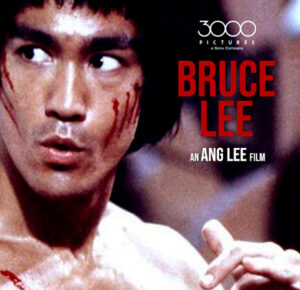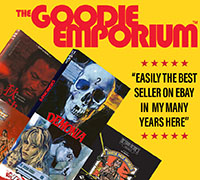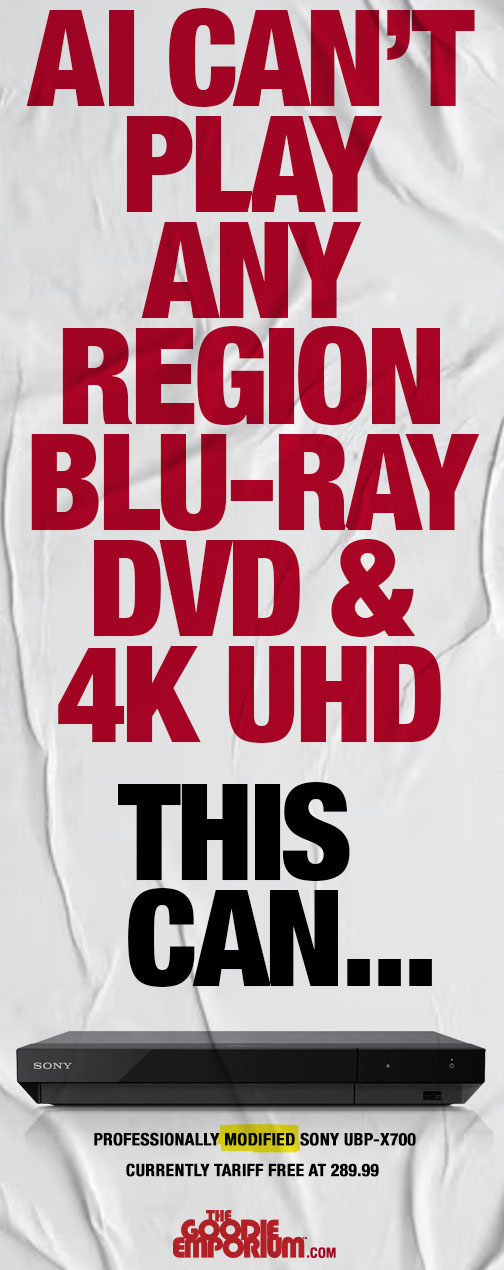
“Lament” Korean DVD Cover
AKA: Jisangmanga
Director: Kim Hee-Cheol
Cast: Shin Hyun-Joon, Lee Byung-Hun, Jeong Seon-Kyung, Choi Hak-Rak, Yeo-kyeong Kim
Running Time: 87 min.
BY JJ Hatfield
When we first meet Lee Kwang Su (Shin Hyun Jun) he is in very bad shape. His entire life he has tried to forget and escape from a nightmare of a childhood. His only family is an older brother who is half insane. Kwang Su does his very best to keep his brother from getting into trouble but as years go by he only becomes more mentally ill and much more difficult to keep from possibly hurting someone or even himself. The unthinkable happens and Kwang Su dives deep into drink to try and help numb the crushing pain.
In an alcohol haze he literally bumps into Park Jong-man (Lee Byung-hun), a waiter in a local bar when he is not filming himself or faxing Hollywood to break into American movies. Everything is an opportunity to him and he tries to copy Kwang Su’s falling down drunk movements. As Kwang Su stumbles through the streets he sees a music shop and is drawn to it. The young woman who works there is alarmed but he begins to play one of the pianos and the music is so moving she is drawn to him. And then he is gone.
As luck would have it Kwang Su wanders in the bar where Jong-man works. Jong-man tries to convince him to stop drinking but suddenly the police arrive to arrest Kwang Su for a crime he can’t remember but he manages to escape. In the process however Kwang Su’s pack is left at the bar. Jong-man takes the bag home with him and discovers a diary, family photos and sheet music. He goes through the items and finds them very interesting. Kwang Su shows up at Jong-mans to get his bag back. On an impulse Jong-man tells him he should stay with him. At the time Jong-man’s intent is more selfish than sanctuary. He sees Kwang Su as a potential asset to him and does not want to let him wander off. Through it all Jong-man continues to makes tapes of himself and faxing movie companies. He also seems to have a few moments now and then when he actually thinks about another human, Kwang Su in this case. Without even realizing it he is beginning to change the way he lives and “acts”.
A bond develops between the two very different men to the extent that Jong-man goes on the run with Kwang Su when the police raid the apartment. They end up in an isolated old house out of town. Jong-man believes Kwang Su is good luck despite his problems and that he could go far with his musical talent. Through it all Jong-man is upbeat, optimistic and bubbling with energy, always propping up Kwang Su. However there does reach a point where the extremely overly positive energy just doesn’t work anymore. However during this time Kwang Su makes visits to the music shop and spends more time with Se Hee.
There are some annoying scenes that take away from the human drama aspect. Kwang Su mainly cries and rolls his ankles while really intoxicated yet he can run away pretty damned well. Don’t get me wrong he has justifiable reason to be distraught, but it seems like it goes on too long. However the viewer has to let go of that impression as the story within a story unfolds. Would someone really just invite a stranger to stay in their home? In the story and at that point in Jong-mans career pursuits it doesn’t seem that unreasonable.
Jong-man films everything he does with the exception of using the bathroom and having sex. He eats, sleeps, chats, talks to very different people and shows his various acting styles, always filming. Most of it is Lee Byung Hun hamming it up big time however occasionally the viewer sees a glimpse of the ‘real’ Jong-man. Se Hee and her relationship with an unknown musician who has…er, issues seems like a real stretch.
Kim Hee-Cheol, the director seems to have taken the approach of letting if not encouraging the two leads to be as over the top as possible. This works fairly well with Jong-man but goes on too long. Kwang Su makes you feel as if you have been walking the streets, sick, mentally anguished for days and days, but it does improve if the viewer will have some patience. The ending provides a twist the viewer never sees coming.
“Lament” is not a great film but it’s good. Unfortunately overlooked by many seeking action it didn’t deliver the punch. This isn’t a martial arts, kick ass action movie. That does not mean it cannot still be a good watch.
*SPOILER* There is something I noticed I have never heard anyone reference. Perhaps I am the only one who would care about such things. In the bathroom scene with Kwang Su he takes a box from his bag. It certainly looks to me to be a cremation box traditional in south Korea. When he opens the box it appears the crematorium gave him an empty box. *END SPOILER*
JJ Hatfield’s Rating: 7/10





















Be the 1st to Comment